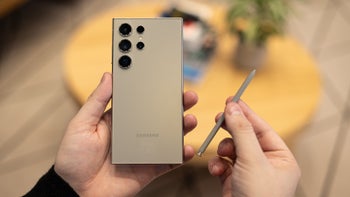High-end phone prices increased drastically in 2017, was it justified? (poll results)
We asked you last week whether you'd rather make do without fragile glass rears, a bit of extra storage, or cropp-y 2:1 displays, if you could shave a hundred off the average retail prices of high-end phones this year, and the result was overwhelmingly yes.
There has never been a year-on-year increase in flagship pricing as large as there was in 2017, and evidently most of you are at the opinion that phone makers are pushing the wrong buttons when it comes to meaningful upgrades that would justify the new normal $700+ price for a high-ender.
Retail prices for high-end phones from the big three brands in the US - Apple, Samsung and LG - have been steadily rising from the very beginning of the race when the OG iPhone was introduced to our unsuspecting wallets, as you can grasp from the last chart above. That one was $500 at launch, and now the iPhone 8 starts off at $700, and you are left with a dollar. The first Samsung Galaxy was also priced $500, while spring season's Galaxy S8 blasted off at the shameful $750.
2017 phones got bezel-less, 18:9 HDR displays became a norm, and storage got bumped, but was that enough?
You catch the drift, but ever since smartphone subsidies were removed by carriers, we've seen a much more pronounced rise in flagship phone prices, until we reached "the year of the $1000 phone," i.e. this year, with phones like the iPhone X or Note 8. Not only has the concept of the $400 flagship gone the way of the dodo bird, as Chinese makers like Huawei, honor and OnePlus have also increased their starting tags, but there's never been a launch price increase for high-end handsets as drastic as from last year to this year.As you can see in the slides above, every major phone's successor is more expensive than last year's edition, sometimes drastically so, raising the average year-on-year price significantly, to the highest ever. We aren't even including Google's own phone line, which used to be the best value-for-money before the search giant decided to vertically integrate, and we are now left with a Pixel 2 XL that costs north of a thousand euros, for instance. There are plenty of reasons which can be cited for that jump, and corporate greed is not even highest on the list - 2017 phones got drastically overhauled in terms of design and materials used, 18:9 HDR displays became obligatory, and the basic storage amounts got bumped.










Things that are NOT allowed: